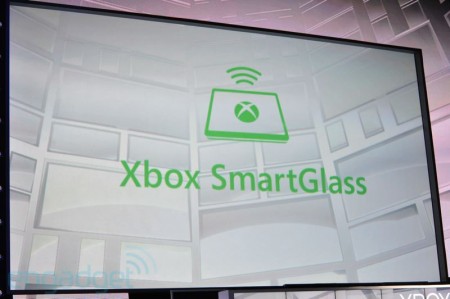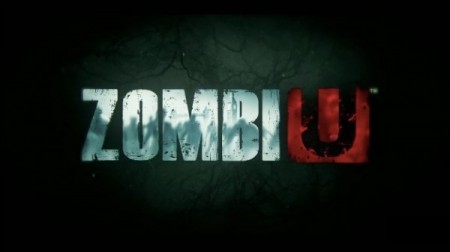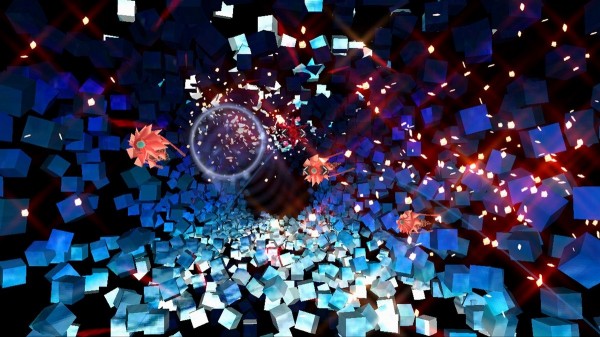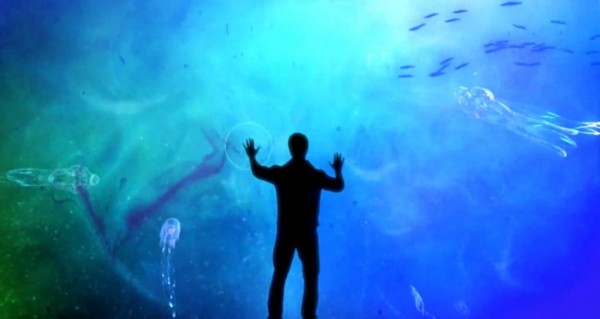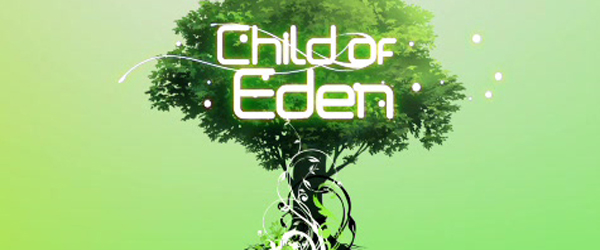Review: Sonic Generations
/ It’s hard to believe it’s been 20 years since the very first Sonic the Hedgehog. I still remember that Christmas in 1992 when I got my first console – a Sega Genesis (some of you might know it better as the Mega Drive), and the original Sonic was the very first game I laid my mitts on.
Since then, Sega’s mascot has had his ups and downs. Unlike rival Mario, Sonic’s track record since the Dreamcast days hasn’t been particularly stellar. But for fans of the blue blur, hope has begun to spring. Sonic Colors (2010) all but broke the dreaded ‘Sonic cycle’ of disappointing games, delivering a fun, intense, well-crafted platformer that, in this reviewer’s opinion, stands toe-to-toe with Mario’s best efforts on the Wii. Let's see if Sonic Generations, built on Sega’s ‘Hedgehog engine’, is a welcome return to form for one of gaming’s most beloved mascots.
It’s hard to believe it’s been 20 years since the very first Sonic the Hedgehog. I still remember that Christmas in 1992 when I got my first console – a Sega Genesis (some of you might know it better as the Mega Drive), and the original Sonic was the very first game I laid my mitts on.
Since then, Sega’s mascot has had his ups and downs. Unlike rival Mario, Sonic’s track record since the Dreamcast days hasn’t been particularly stellar. But for fans of the blue blur, hope has begun to spring. Sonic Colors (2010) all but broke the dreaded ‘Sonic cycle’ of disappointing games, delivering a fun, intense, well-crafted platformer that, in this reviewer’s opinion, stands toe-to-toe with Mario’s best efforts on the Wii. Let's see if Sonic Generations, built on Sega’s ‘Hedgehog engine’, is a welcome return to form for one of gaming’s most beloved mascots.
What’s Old is New Again
Appropriately for a 20th anniversary game, the story begins with Sonic’s friends throwing him a surprise birthday party, complete with chilidogs. Inevitably, trouble rears its ugly head as a portal materializes in the sky and a diabolical entity of mysterious origins abducts all of Sonic’s friends in one fell swoop. Meanwhile, in a parallel timeline, Classic Sonic is going about his own business when the color literally leaves the ground from under him. Tails, his only companion, vanishes into thin air. Left in a desolate realm of white space, both Sonics meet and must individually complete zones from their respective past and future in order to save their friends.
The game consists of just nine environments taken from three different eras in Sonic’s history (Classic, Dreamcast and Modern). Each zone is divided into two Acts, each of which must be completed in order to progress in the game and unlock the plethora of challenge levels.
 Classic Sonic VS Sonic Colors
Classic Sonic VS Sonic Colors
In Act One, Classic Sonic shreds in 2D, and fans of the original Sonic games on the Genesis will be happy to learn that the physics are very faithful to that era and free of the modifications made in the controversial Sonic 4, Episode I. The Act One levels are momentum-based, with various loops, tunnels and multiple branching pathways. As per tradition, the top-most path is usually the fastest, but the most difficult to stay on. Modern Sonic’s gameplay in Act Two is no less stellar, and the levels transition from 3D to 2D platforming often and seamlessly. The game’s filled with many throwbacks to the older games, but these are all woven in amongst new surprises that turn out to be real highlights and triumphs in clever level design. Generations thankfully has less of the cheap deaths and ‘gotcha!’ enemy placement that has frustrated many players who aren’t into memorizing the series’ labyrinthine levels. Most of the time, if you get hit by something in this game, it’s your own fault.
I really don’t want to spoil the list of levels for fans, but Sega seems to have really gone for diversity over iconography. All the levels seem to be just the right length – my only complaint is that I wish there were more of them.
Another addition to the game worth mentioning: the collectible coins, five in each Act, encourage players to explore the levels' many alternate pathways and add replay value for people like myself who suffer from videogame OCD and just have to find those hidden treasures.

When Two Worlds Collide
Sonic Generations walks the fine line between classic and modern Sonic gameplay with ease. Switching between the two Sonics is done with a single press of the Y button (Triangle on PS3) on the hub overworld, and each Sonic has a completely customized set of challenge levels. Each zone has ten challenges, five for each Sonic, for a grand total of ninety. These are where the game's replay value really kicks in and surprisingly, most of them are quite fun. Although about half of the challenges are dead simple (racing against Sonic’s doppleganger, a recurring challenge, is essentially a time trial), the other half are quite creative, such as juggling a spinning sign all the way to the goal, mastering the Flame, Electric and Bubble shields from Sonic 3 or having Tails carry Sonic past obstacles and enemies as you try to make the best time.
For perfectionists like me that live to get S-ranks on every level, the challenges are a very welcome addition and I hope that going forward these are something we see in future Sonic games, since they allow Sonic’s friends to participate in creative ways that don’t mess with the tried-and-true formula.
In another of the many additions to Sonic Generations' gameplay, Sonic can now unlock and equip skills such as the ability to stop on a dime, begin a level with a certain power-up, recover rings faster, etc. The ultimate skill, of course, is Super Sonic, who you'll have to unlock by snagging all seven Chaos Emeralds. The skills are for the most part fun and useful, and I really enjoy the system. Trying out different setups is essential to improving your times and scores if you’re chasing those elusive S-ranks.
There are two different types of boss fights in the game – rival fights and major boss battles. Without spoiling anything, I will say that Sonic fights some familiar opponents, but with a new twist. Unfortunately these battles are cakewalks to Sonic veterans, but after each fight you unlock a Hard Mode version of the fight, which thankfully ramps up the difficulty a little bit.

Gorgeous HD presentation
Seeing age-old levels return with re-mastered music and gorgeous HD graphics is really something to behold, especially since levels whiz by at 60 FPS with no slowdown whatsoever. Every time I fire up this game I think of all the work that went into the art direction that most people will never see since the gameplay is so fast-paced. I was thankful to discover the game boasted a huge, unlockable art gallery and an equally huge, unlockable music selection with tunes spanning 20 years of Sonic games. I found myself spending a weekend beating all the extra content just to unlock all the cool art and old-school 16-bit songs I haven’t heard in years.
Obviously, if you didn’t grow up on Sonic, the art gallery and music selection won’t do much to sell you on the game. But it’s reassuring to see that Sega has really pulled out the stops and gone out of their way to make a product that really gives the fans what they want.
The Sonic Cycle is Officially Over
If you’re a fan of fast-paced, momentum-driven gameplay and have been waiting for Sonic to make his big comeback, wait no longer. Sonic Generations, built on Sega’s ‘Hedgehog engine’, is like a highlight-filled mix tape that delivers on the best elements of the franchise’s long history, weaving together rock-solid level designs, flawless platforming physics, and a light-hearted story that takes its cues from everything that worked about Sonic Colors.

My biggest complaint is fairly simple: at just eighteen acts and seven boss battles, the main game is too short for a title encompassing Sonic’s entire career, and I can easily imagine either a large DLC pack or an entire sequel full of levels that didn’t make it into Generations (the equally solid 3DS game featured an entirely different set of zones and bosses, but how many diehard Sonic fans own a 3DS?). If you simply play straight through the story mode and ignore all the challenges, you will be finished with this game in less than a weekend, which leads me to a conundrum.
While I fell head-over-heels in love with this game, I cannot give it my complete recommendation.
Because Sonic Generations was made specifically with Sonic fans in mind and features no multiplayer modes, anyone who doesn’t have at least a little nostalgia for Sega’s beloved mascot simply isn’t getting the most out of the game. If your mind is made up about Sonic, this game won’t do much to change it, especially since the levels are for the most part comprised of remixed bits and pieces from past games. What it does offer is the best of both worlds – 2D and 3D Sonic – carefully molded into a product that tries its damnedest to bring forth an experience that appeals to the broad spectrum of Sonic fans out there. Kids who grew up on 1991’s Sonic the Hedgehog will be able to pick up, play and enjoy this game just as easily as kids who bought a Dreamcast to play 1999’s Sonic Adventure, or who were gifted a copy of 2008’s underrated cult hit Sonic Unleashed. Thanks to the crisp, inviting presentation, it’s easy to recommend this game to someone who’s always wanted to play Sonic but never got the chance.
I taught my ten-year-old sister how to play Sonic Generations, and being able to see the same wonder in her eyes that I had when I first played Green Hill Zone at the age of five was quite a powerful experience. She did struggle with Modern Sonic’s levels, but I sensed that familiar desire in her to master the game’s mechanics. There’s a reason why this pesky hedgehog has survived through so many droughts and unpolished games. The always-fresh art direction, memorable characters, exciting level designs and simple but addictive gameplay appeal to kids of all ages, and like his rival Mario, I don’t see Sonic going away anytime soon. If Sega can keep up the momentum they started with Sonic Colors, the blue blur has a bright future ahead of him. The friend I went to Sega’s E3 presentation with told me his big question is what Sega will do next with the series.
I say bring on Sonic Generations 2!
Score: 87/100
Pros: - Both 2D and 3D gameplay styles are refined, fast-paced and glitch-free - Tons of unlockable content and bonus features - Challenge modes add great replay value - Diehard Sonic fans will get the most out of the game
Cons: - No multiplayer modes - Main game is too short, especially a year after the long, feature-rich Sonic Colors - Modern Sonic levels may be difficult/confusing for some players - Diehard Sonic fans will get the most out of the game



